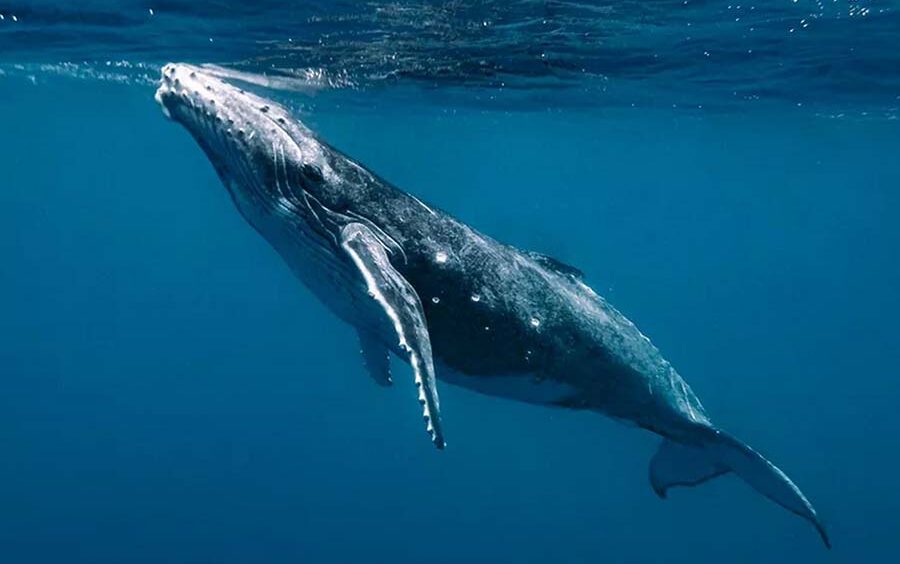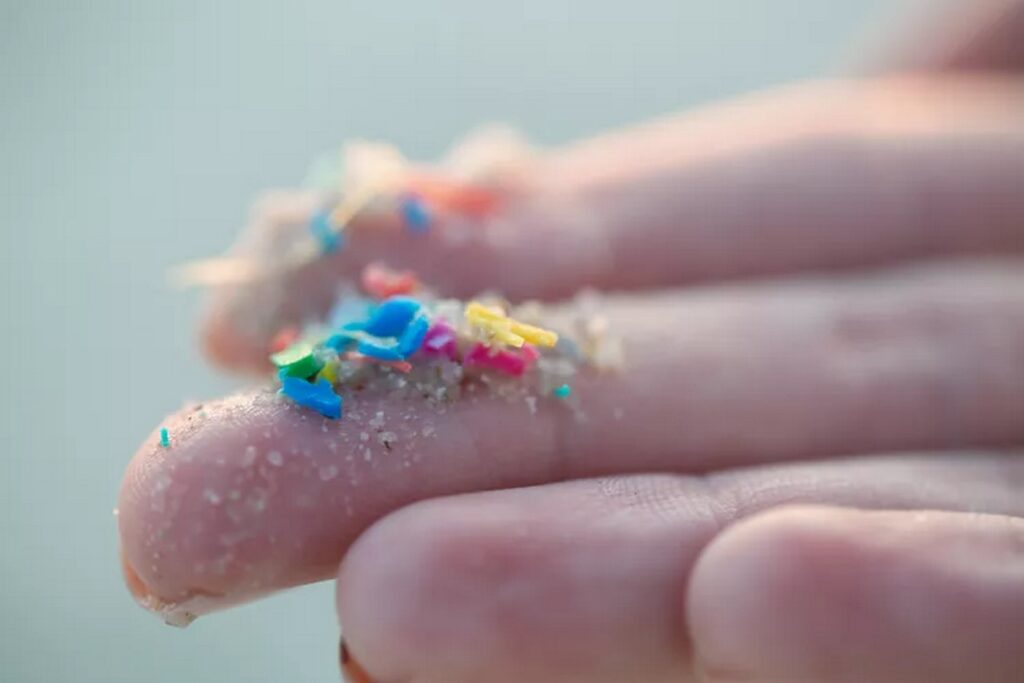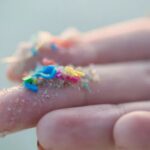Microplastics: A Threat to Marine Life

The ocean, teeming with over 200,000 known species and potentially millions more awaiting discovery, also harbors a concerning presence—24.4 trillion microplastic pieces. In a troubling revelation, researchers in 2022 highlighted a drastic increase in marine microplastic pollution, with the total accumulation on ocean floors tripling over the past two decades.

The Plight of Marine Animals
Microplastic particles, although invisible to the naked eye, pervade marine ecosystems, posing a significant threat to marine life. Studies have identified over 1,500 species ingesting plastic, underscoring the widespread impact of this pollution. For instance, research conducted in New Zealand’s Hauraki Gulf revealed that whales ingest approximately three million microplastics daily, emphasizing the magnitude of the issue.
Understanding Microplastics
Microplastics encompass minute plastic fragments, typically smaller than visible particles. Ranging from polyethylene to polystyrene, these fragments originate from various sources, including plastic bags, bottles, foam food containers, nylon, and PVC.
Moreover, recent studies have raised alarming concerns, with one report indicating that blue whales may consume up to 10 million microplastic pieces daily. Shirel R. Kahane-Rapport, lead author of the study, highlights the surprising volume of microplastic ingestion by baleen whales and underscores the predominant source—prey previously exposed to plastic.
Implications for Marine Life and Humans
The ingestion of microplastics poses multifaceted risks to marine organisms. Beyond physical obstruction, microplastics can permeate internal organs and release harmful chemicals, acting as endocrine disruptors. The long-term health implications for marine life remain uncertain, signaling a troubling trend with potential repercussions for marine ecosystems and human health.
Addressing the Issue
The prevalence of microplastics underscores the urgent need for action. Everyday activities, such as laundry and driving, contribute significantly to microplastic pollution. Individuals can take proactive steps, including proper waste disposal, installing washing machine filters, advocating for improved wastewater treatment, engaging with local authorities, and urging corporate responsibility.
Future Research and Conservation Efforts
As researchers delve deeper into the impact of microplastics on marine life, further studies are imperative. Understanding the extent of plastic retention in whale bodies and its subsequent health effects represents a crucial research frontier. Given the cumulative stressors faced by marine species, including historical whaling and contemporary anthropogenic pressures, concerted conservation efforts are essential to mitigate the adverse effects of microplastic pollution on marine ecosystems.
In conclusion, combating microplastic pollution demands collective action and interdisciplinary research initiatives to safeguard marine life and preserve the health of our oceans.


 English
English 































































































































































































































































































































































